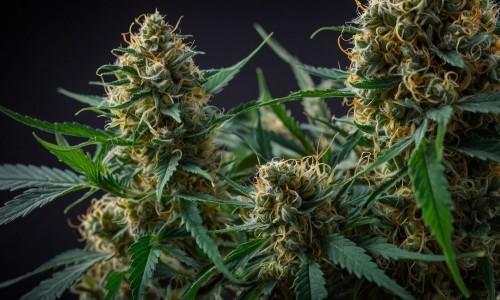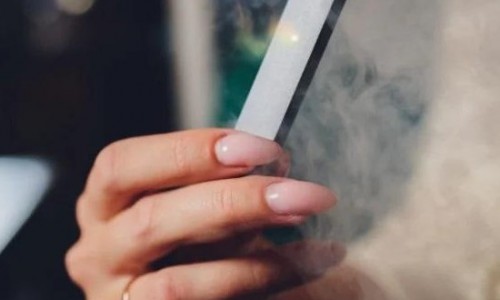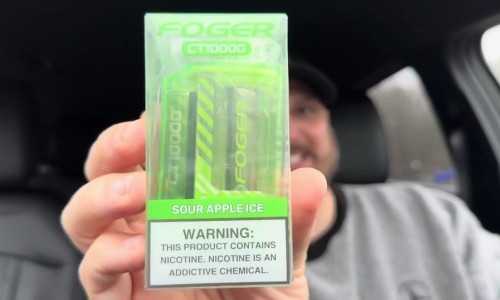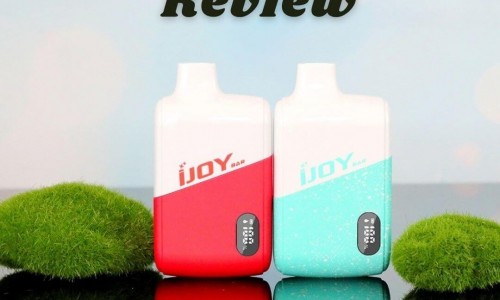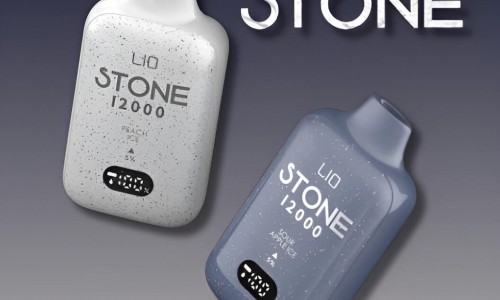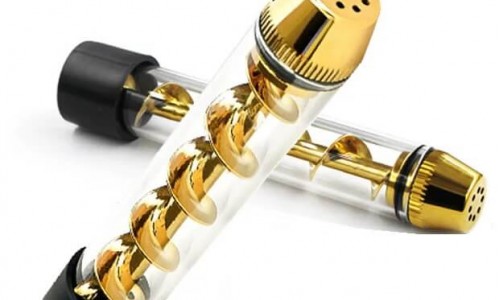What Is Dry Herb Vaporizer Used For?

What Is Dry Herb Vaporizer Used For
Lately, there have been significant advancements in utilizing herbs. Nowadays, we have safer methods for extracting beneficial compounds from plants and introducing them into our bodies, such as using dry herb vaporizers. These devices are specifically designed to maximize the potency of various herbs. But how exactly do they work and improve the effectiveness of herbs? Let's explore the question: What is a dry herb vaporizer? A dry herb vaporizer is employed to gently heat dried plant materials without producing smoke. The material is heated to a specific temperature, typically ranging from 200-440°F, without combustion. This ingenious device transforms herbs into a clean, dense, fragrant vapor.
Types of Dry Herb Vaporizers
There are two main types of vaporizers: session and on-demand. Session vaporizers are the most common type and are meant for smoking until all the herbs in the oven are used up. On the other hand, on-demand vaporizers allow you to smoke at your own pace without having to use up all the products at once. Vaporizers also come in desktop and portable versions. Your choice between the two depends on your lifestyle and preferences. If you spend much time at home, a desktop vaporizer might be your best option. However, a portable vaporizer might be more suitable if you're often on the go. Both vaporizers offer different features, so you can choose the one that best fits your taste and preferences.
Types of Heating Methods in Vaporizers
The heating technology divides dry herb vaporizers into conductive, convection, induction, and hybrid.
The conductive type of heating involves direct contact of the heating element with the product. Fine grinding best suits conducting vaporizers: the smaller the herb, the more it gets on the heating element. As a result, hot air does not collect in certain chamber areas and is uniformly dispersed throughout the oven area, preventing the formation of "hot zones." To prevent fine particles from clogging the airflow and entering the mouth, install a filter of a suitable caliber in the mouthpiece.
Convection heating does not involve the heating element contacting the herbs since the loading chamber is separate from the heat exchanger. The more active the airflow, the higher the temperature in the oven; if the herb dose is too tiny, it clogs the holes, preventing free circulation and inhibiting evaporation, so convection is most effective at medium grinding. After the first three to five hits, rotate and loosen the remaining herb, and continue inhaling the thick spirit of dry herbs.
Induction heating is the cleanest, most efficient, most accurate, and fastest way to heat a substance. The induction heating of the evaporator begins by supplying a high-frequency alternating current to a copper induction coil (inductor), causing it to generate a time-varying magnetic field. Next, a metal rod current collector inside the inductor does not touch the coil. Finally, under an alternating magnetic field, the current collector begins to induce "eddy currents," which heat it.
In an induction vaporizer, a current collector (heater) is a wick placed in a glass capsule where any product (solid, liquid, loose, pasty) is set. Next, a glass capsule filled with the material is inserted into the induction core of the vaporizer, after which the cap with the mouthpiece closes, the device turns on, and evaporation begins.
The hybrid heating method combines convection and conduction heating techniques. The level of grinding will depend on which technology prevails; particle size varies between fine and medium grinding.
To prepare herbs for evaporation, we advise using a grinder—a particular device for cutting and rubbing vaping substances, ensuring accurate, smooth grinding. It is essential not to dry the herbs too much for vaping; the best weeds are soft, loose, and resilient but not raw, and inflorescences should not crumble in the hands.
Filling the Chamber
For the optimal vaporizing experience, achieving the right balance when loading your vaporizer is crucial. The quantity of herb you insert directly impacts vapor quality. You should neither tightly pack it nor leave it too loose. Ideally, fill the chamber so the herb covers the bottom and is slightly compacted but not excessively so. Overfilling can disrupt proper airflow and even heating of the herb. If you own a convection vaporizer, filling it to about 80-90% capacity is particularly important for optimal outcomes. The filling method should be tailored to the type of vaporizer you have – some perform best with a tighter pack, while others work more effectively with a looser fill.
Use the Correct Vaporizing Technique.
Different vaporizers may have specific instructions, but a general method should apply to most. Take gentle puffs for optimal vapor and inhale for 5-10 seconds. Avoid inhaling too profoundly, as it can clog the filter and weaken the vapor. Take short 10-15-second breaks between puffs to allow the vaporizer to reheat.


-400x250w.jpeg)

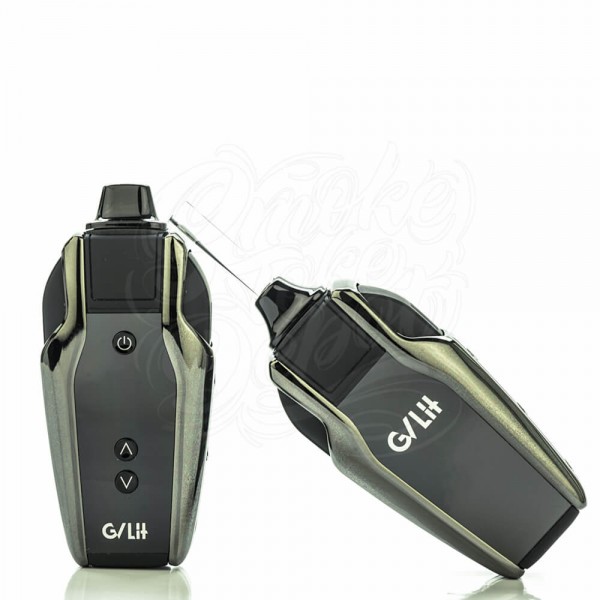
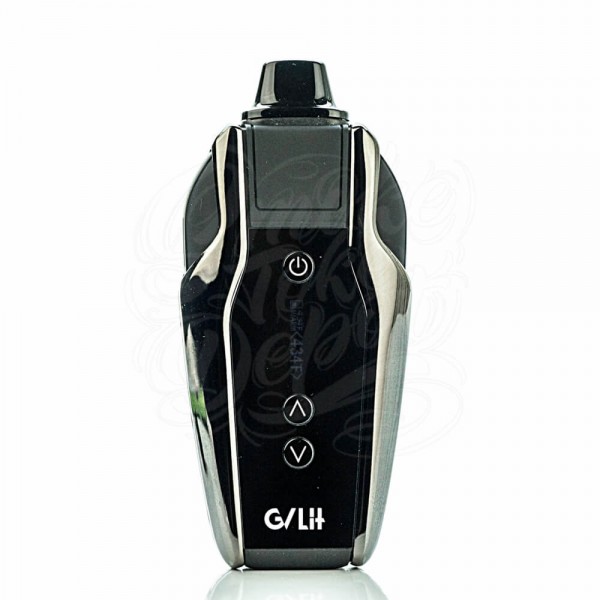

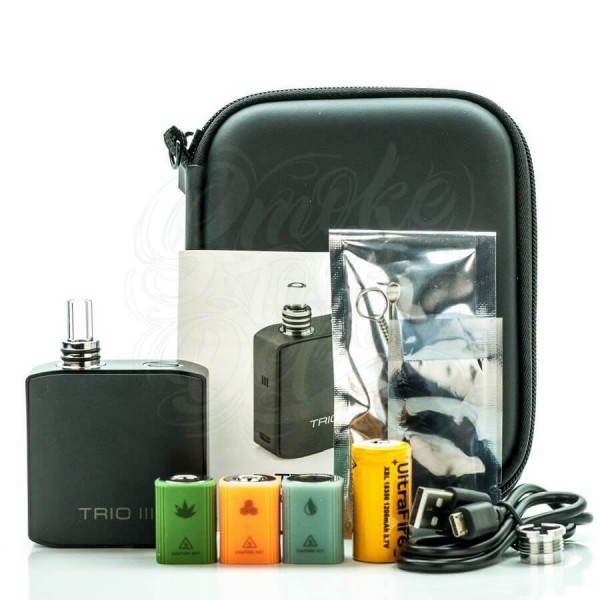

-500x300w.jpeg)



-500x300w.jpg)
